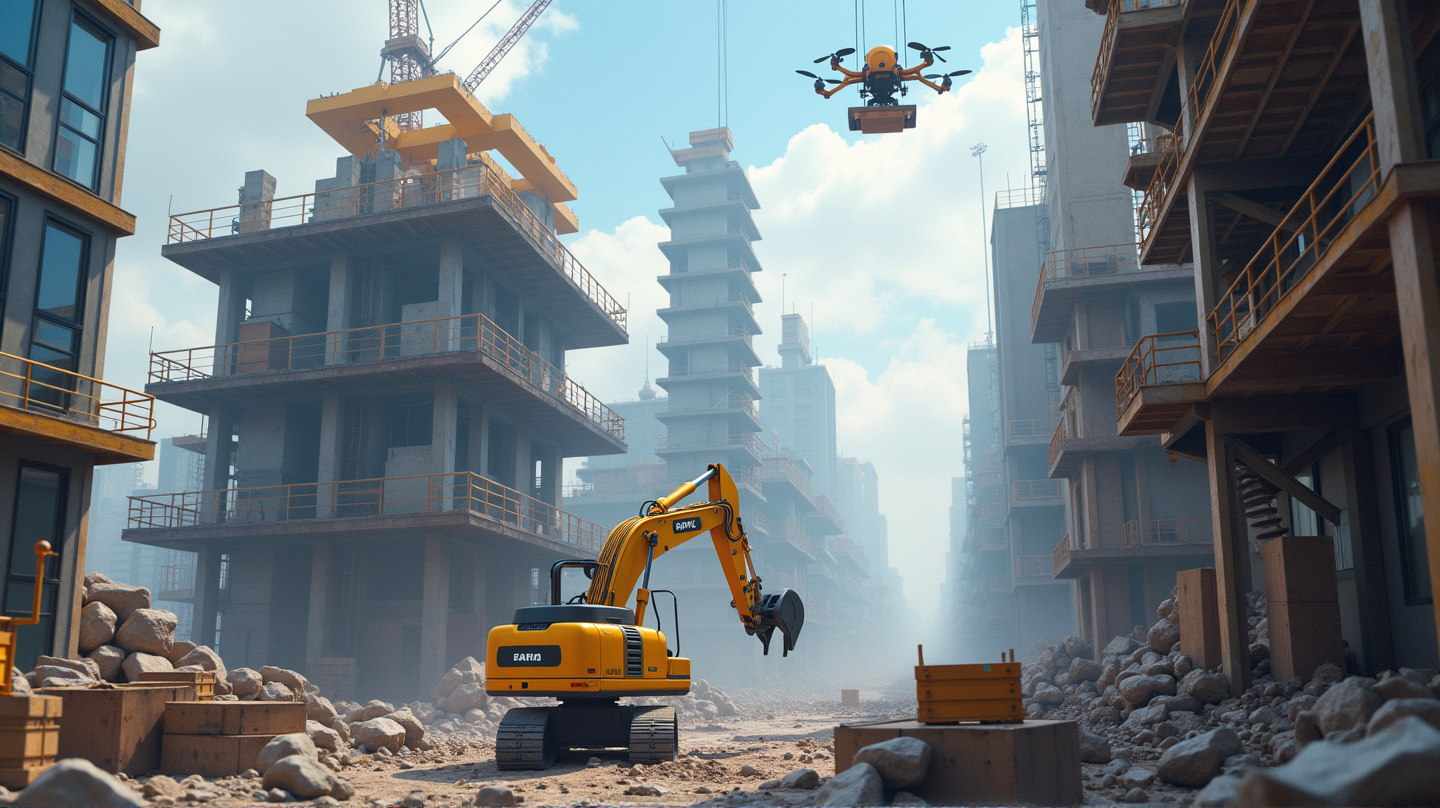The landscape of modern construction is evolving at an unprecedented pace, driven by the integration of digital technologies such as Artificial Intelligence (AI), the Internet of Things (IoT), and robotics. This transformation, known as Construction 4.0, is not just reshaping how buildings are created but is poised to redefine the industry’s future. Estimated at \(16.7 billion in 2024 and projected to reach \)42.2 billion by 2030, Construction 4.0 promises growth and innovation.
The Underlying Power of Digital Transformation
At the heart of Construction 4.0 lies a significant shift towards digital transformation. Building Information Modeling (BIM), AI, and IoT are converging to create real-time data streams that inform decision-making, drive efficiency, and enhance safety on construction sites. As project managers adopt AI-driven predictive analytics, they can foresee potential risks and allocate resources more effectively, thereby reducing delays.
BIM’s advent allows for the development of digital twins, which serve as virtual representations of construction projects, providing insights at every stage. Industries opting for these technologies are finding themselves at the cutting edge, gaining a definitive competitive edge.
Drivers of Market Expansion
The factors propelling the growth of Construction 4.0 are diverse and dynamic. Automation is leading the charge, with a push towards digital infrastructure and an increasing demand for smart, sustainable buildings. IoT-enabled systems are reinventing monitoring processes, AI is revolutionizing project management tools, and automated machinery is transforming on-site operations.
Additionally, the integration of 5G networks and cloud computing is bolstering collaboration between different construction phases, ensuring seamless execution. According to GlobeNewswire, government policies globally are increasingly advocating for digital transformation, further accelerating this market’s growth.
Automation and Robotics: Enhancing Construction Efficiency
The adoption of automation and robotics is ushering in an era of efficiency previously unimaginable in construction. Automation is not just about replacing human labor; it’s about enhancing precision, improving safety, and increasing speed. Autonomous robots, such as brick-laying machines and 3D concrete printers, are minimizing human error while reducing project timelines significantly.
Drones are emerging as essential tools, offering aerial viewpoints for site surveys and safety checks. By analyzing drone-captured data through AI, construction companies can improve site security, detect flaws promptly, and plan projects more effectively.
Regional Momentum and Industry Adaptations
Regions like North America and Europe are spearheading this technological revolution, driven by robust regulatory support and technological innovations. The Asia-Pacific region, notably China and India, is rapidly catching up, with massive investments aimed at digital construction.
Both commercial real estate and public infrastructure projects are turning to Construction 4.0, driven by their need for modern, eco-friendly, and efficient systems. The demand for energy-efficient buildings and the vision of smart cities are playing pivotal roles in driving this technology forward.
The Road Ahead
The journey towards widespread adoption of Construction 4.0 is already set in motion, and the coming years will see even more possibilities unfold. Advanced analytics, ongoing digital transformation, and increased government support will continue to fuel this sector. As industry players embrace these changes, they’ll play a key role in shaping a future where construction is synonymous with innovation, precision, and sustainability.
